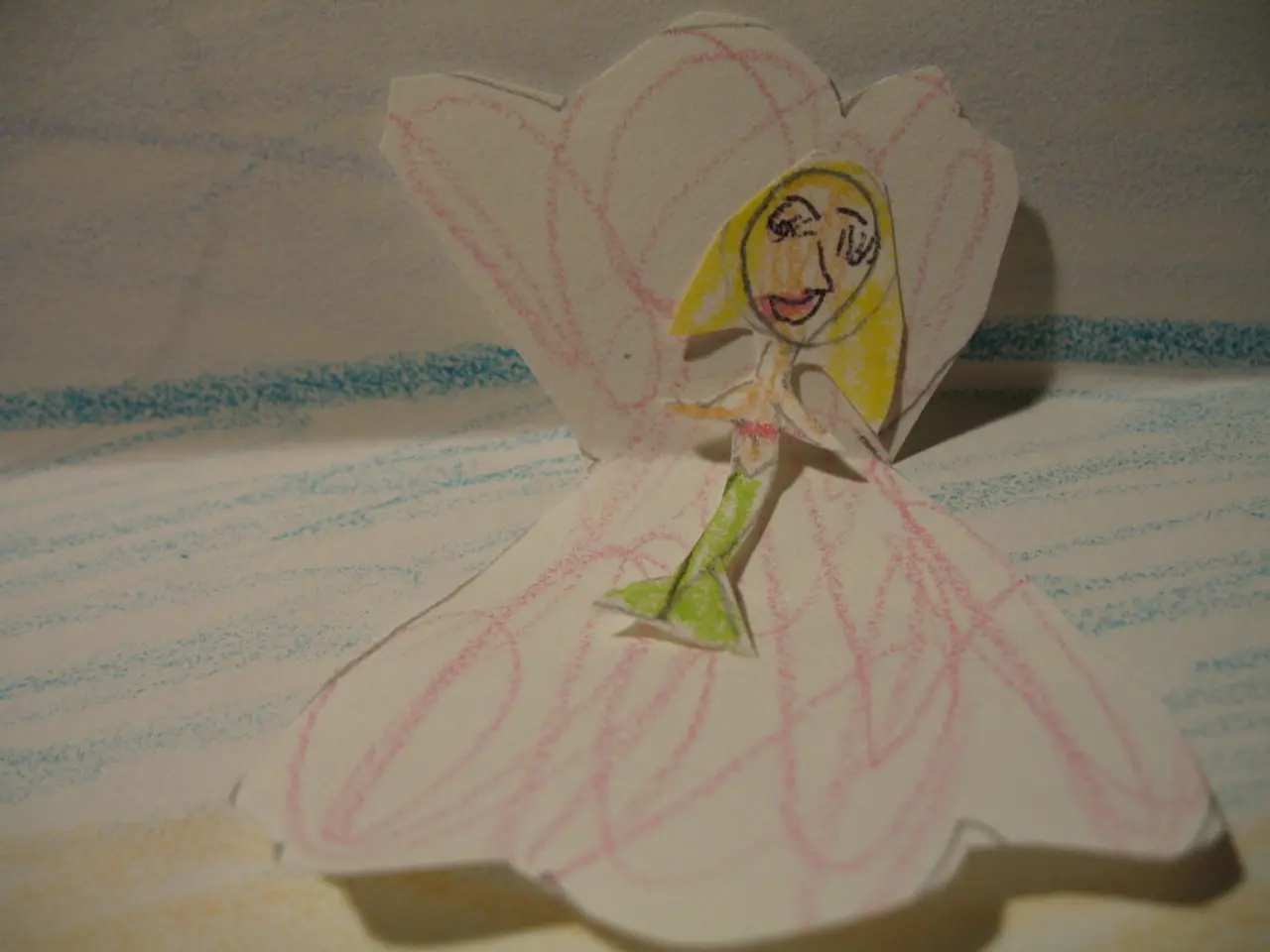Identifying an Overabundance of Pessimistic Individuals in Your Circle: Recognizing and Managing Them Appropriately
Unleashing Creativity: The Key to Innovation and Problem-Solving
Creativity and innovation, two concepts often intertwined, serve as the starting point for innovation. They enable us to think differently, ask better questions, and find unique solutions to complex problems [1].
Generating Fresh Ideas and Breakthrough Solutions
Creative thinking, with its ability to generate new and unconventional ideas, has been instrumental in some of the most remarkable breakthroughs. From NASA engineers using duct tape to save the Apollo 13 astronauts to businesses pivoting during the pandemic, creative thinking has proven its worth [1].
Identifying Opportunities and Adapting to Change
In the realm of entrepreneurship, creativity fuels the recognition of opportunities and the differentiation of products or services, essential for growth and adaptation in competitive markets [2]. It equips individuals and organizations to respond flexibly to evolving challenges or circumstances, fostering continuous improvement and innovation [2][3].
Promoting Diverse Perspectives and Collaboration
By challenging existing norms and encouraging diverse viewpoints, creativity fosters productive brainstorming and improves team innovation and resilience in business environments [4]. Collaborating with others on creative projects can also enhance communication skills and foster collaboration, both of which are crucial in innovation and problem-solving [4].
Encouraging Curiosity and Risk-Taking
Embracing curiosity and being willing to take risks are essential for creativity. They encourage individuals to approach problems from multiple angles and to be open to new and unexpected solutions, which is vital in innovation and problem-solving because it allows individuals to adapt to changing circumstances and find solutions that may not have been apparent initially [1].
Overcoming Obstacles to Creativity
However, creativity can be hindered by lack of resources, fear of failure, and groupthink due to lack of diversity. Scheduling time for creative projects, surrounding oneself with inspirations, and taking breaks can help overcome these obstacles [1].
In conclusion, creativity is not just an artistic trait but a fundamental, structured cognitive skill that transforms problem-solving and drives innovation across fields by enabling novel, effective responses to complex challenges [1][2][3][4].
- To foster innovative thinking in fashion-and-beauty, it's beneficial to experiment with diverse styles and collaborate with others, enhancing creativity and communication skills.
- Travel experiences can provide a wealth of inspiration for food-and-drink entrepreneurs, leading to the creation of unique and exotic dishes that delight customers.
- Creativity isn't limited to home-and-garden hobbies; it can also be applied in finding inventive ways to train pets, improving relationships with our beloved companions.
- In the car industry, creativity sparks the development of revolutionary designs and efficient technologies, reshaping the transportation landscape.
- By embracing creativity during shopping, we can find innovative ways to use our possessions and create a lifestyle that is sustainable, minimizing waste and enhancing our connection with our possessions.




